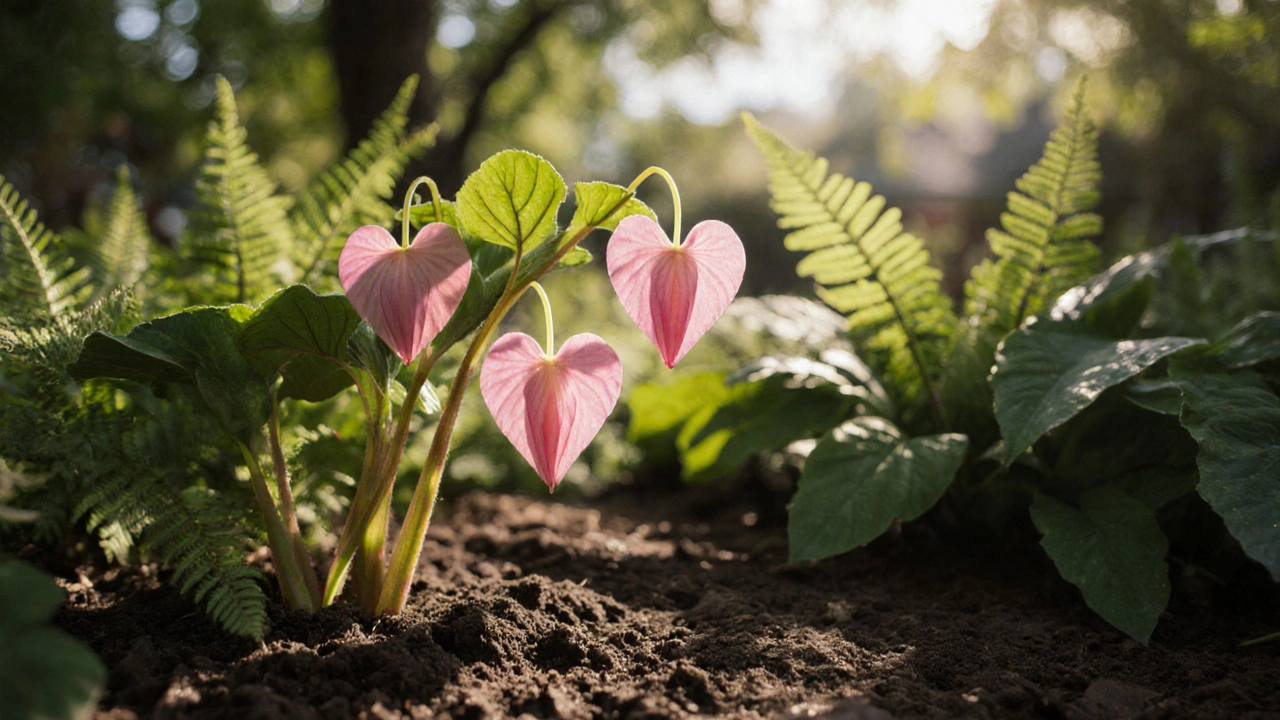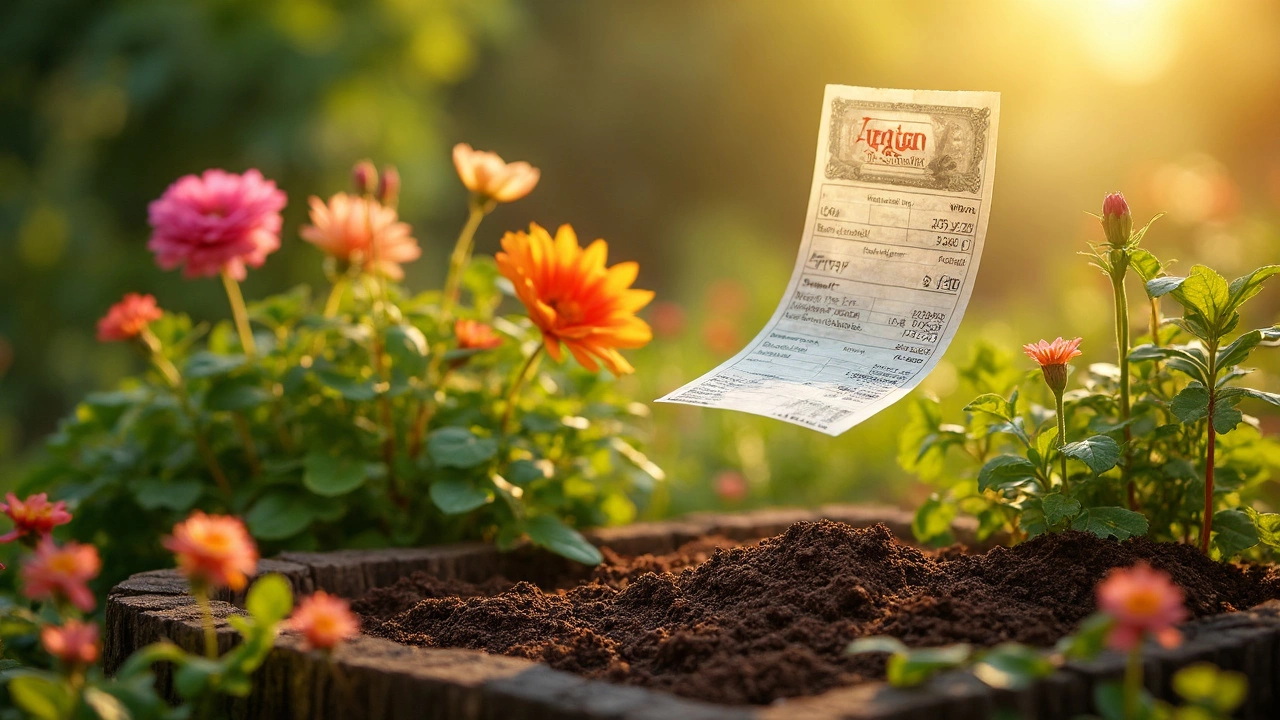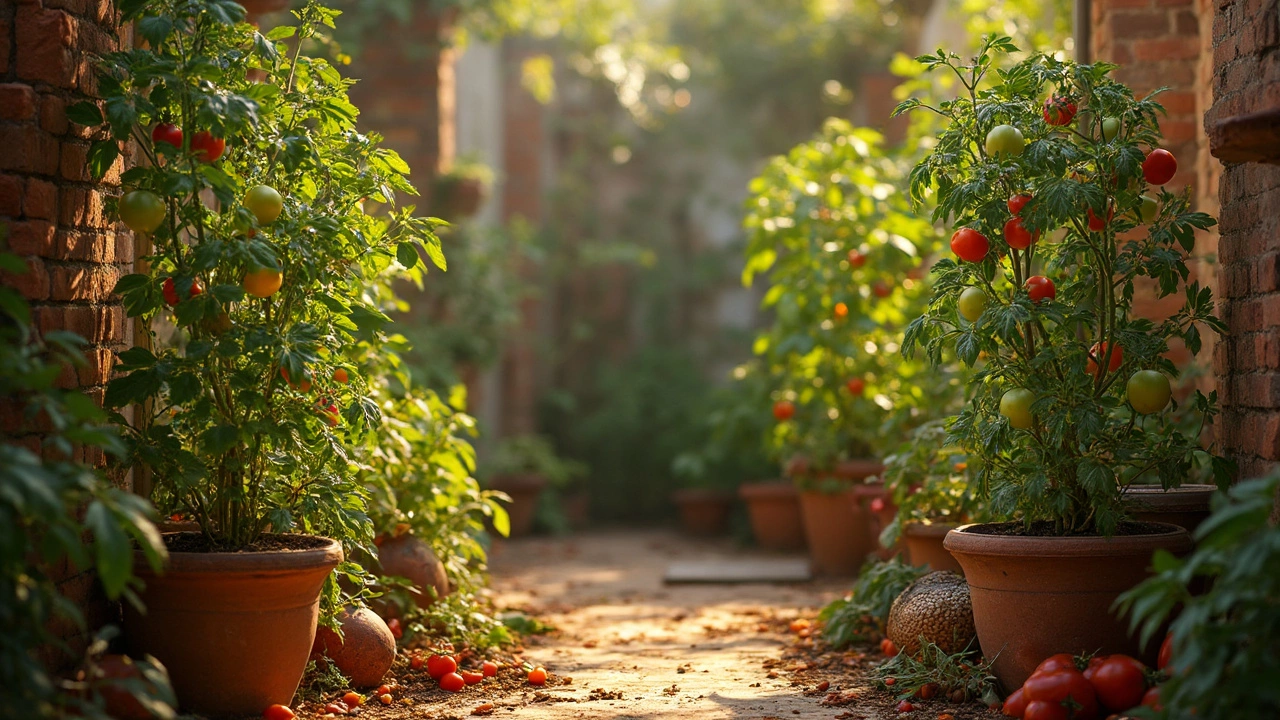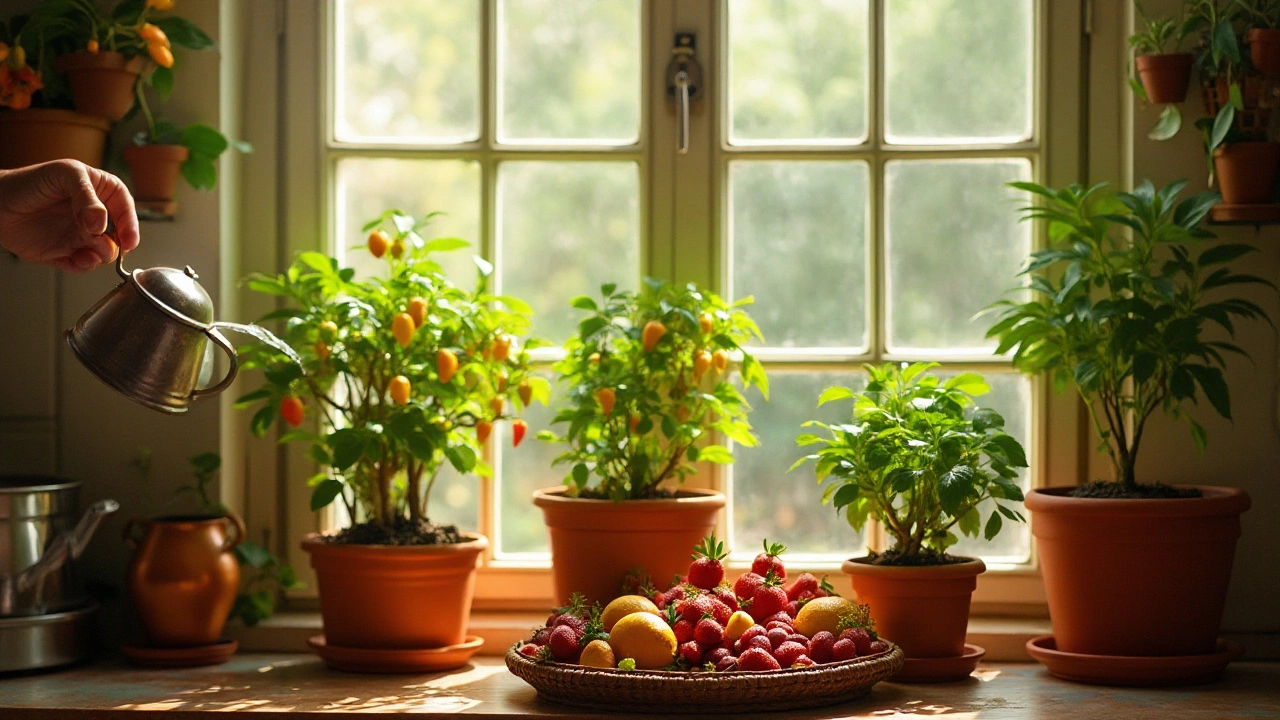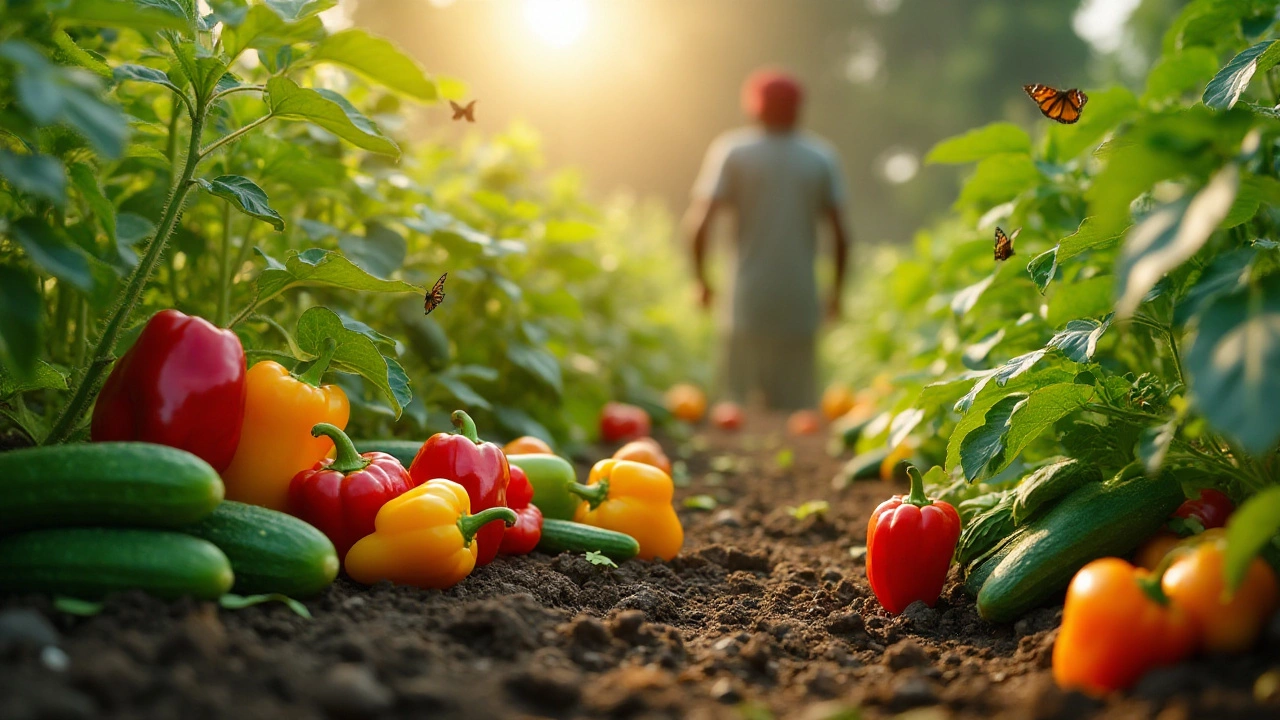Kitchen Gardening: Simple Ways to Grow Fresh Food at Home
Ever thought you could pick fresh herbs right from your kitchen window? You don’t need a huge backyard – a few pots, a little sunlight, and the right tricks can turn any nook into a mini farm. In this guide we’ll walk through the basics, from picking a spot to watering smart, so you can enjoy home‑grown veggies all year.
Start Small: Choose the Right Space
First, look around your home. A sunny balcony, a windowsill that gets at least four hours of light, or even a hanging rack in the kitchen works fine. When space is tight, vertical gardening shines – use trellises, stackable planters, or wall‑mounted pockets. Start with herbs like mint, coriander, or basil; they need little room and reward you with fresh flavor for every meal.
Water Smart: Drip Irrigation Made Easy
Over‑watering kills more plants than under‑watering. A simple drip system solves that problem. Lay a thin drip tubing along the base of your pots, cover it with a thin layer of mulch, and connect it to a low‑pressure pump or a gravity feeder. If you bury the lines just a few centimeters deep, the water reaches roots directly and reduces evaporation. For tiny balconies, a drip tape with a few emitters does the trick without a mess.
Soil matters just as much as water. Use a light, well‑draining mix – combine garden soil, compost, and a splash of sand. Heavy clay holds water too long and can suffocate roots. Adding coconut coir or peat improves texture and keeps moisture balanced, especially in indoor pots.
Compost is the secret weapon for a thriving kitchen garden. Kitchen scraps like vegetable peelings, eggshells, and coffee grounds (except for plants that hate them) turn into black gold. A small kitchen compost bin or a bokashi bucket gives you ready‑made fertilizer without leaving your home.
Companion planting boosts health and flavor. Pair tomatoes with basil to improve taste and deter pests, or grow marigolds beside beans to keep nematodes away. Simple combos like carrot‑onion or lettuce‑radish use space efficiently and reduce the need for chemicals.
When pests show up, reach for natural solutions first. A spray of diluted neem oil, garlic water, or a handful of crushed pepper can stop many bugs. Avoid harsh chemicals, especially on edible leaves, to keep your harvest safe.
Harvesting at the right time keeps plants productive. Snip herbs just above a leaf node to encourage new growth, and pick vegetables when they’re firm but not over‑ripe. Regular harvesting signals the plant to keep producing, giving you a steady supply.
Finally, keep an eye on seasonal changes. In winter, move pots indoors or use grow lights to maintain light levels. In summer, provide shade during the hottest hour to avoid leaf burn. With a few adjustments, your kitchen garden will thrive all year round.
Ready to start? Choose a spot, set up a drip line, add good soil, and plant the first batch of herbs. Watch them grow, taste the difference, and enjoy the satisfaction of cooking with food you grew yourself.
Do Bleeding Hearts Like Sun or Shade? The Right Light for Kitchen Garden Success
Bleeding hearts thrive in partial shade, not full sun. Learn how to grow these delicate, heart-shaped flowers in your kitchen garden with the right light, soil, and care-especially in Auckland's climate.
Raised Bed Gardening: The Two Drawbacks You Should Know
While raised beds offer many benefits for gardening enthusiasts, they come with a couple of significant drawbacks. From costing more upfront to requiring more maintenance, these downsides can affect whether raised beds are the right choice for you. This article breaks down both issues to help you make an informed decision. If you're considering raised beds, understanding these two cons is essential. Dive into the nitty-gritty of raised bed gardening drawbacks.
How Long Do Tomatoes Take to Grow? Quick Guide for Garden Lovers
Tomatoes are a popular choice for home gardeners due to their versatility and rewarding yield. From seed to harvest, tomatoes typically take 60 to 100 days to grow, depending on the variety. Proper care, including the right amount of sunlight and water, significantly impacts their growth. Understanding how different types of tomatoes mature can help gardeners plan their planting schedule. Here’s how you can optimize conditions for a successful tomato crop.
Should You Use Landscape Fabric Under Raised Beds?
Deciding whether to use landscape fabric under your raised beds can be a game-changer for your kitchen garden. While it can suppress weeds, its drawbacks include potential impact on soil health. We'll cover the pros and cons, alternative options, and tips for enhancing your gardening experience. Understanding these factors will help you create the most productive and sustainable garden possible.
Will Rabbits Eat Zinnias in Your Garden?
Rabbits can cause havoc in a garden, and if you're growing zinnias, you might wonder if these beautiful blooms are at risk. Though zinnias aren't the first choice for rabbits, they're not entirely safe either. Understanding how to prevent rabbit munching can save your flowers. This article offers insights and practical tips for protecting your zinnia garden from these fuzzy critters.
The Easiest Fruits to Grow Indoors: A Guide to Indoor Fruit Gardening
Indoor fruit gardening is an enjoyable and rewarding hobby that can be easily accomplished with the right fruits. This article explores some of the easiest fruits to grow indoors, offering guidance on selecting the right plants for your space and the care needed to help them thrive. You'll discover tips and tricks for keeping your indoor fruit plants productive and healthy. Whether you're a beginner or experienced, find out which fruits can enhance your indoor garden and bring nature right to your kitchen.
Companion Planting: Growing Peppers and Cucumbers Together
Peppers and cucumbers can be successfully planted together in a home kitchen garden. This article explores the benefits of companion planting, such as improved growth and pest control. Tips and strategies for optimizing your garden layout to maximize plant health will also be discussed. Discover how these two plants can complement each other's growth needs, leading to a more productive garden.
About
Kitchen Gardening
Latest Posts


Indian God of Vegetables: Myth, Meaning, and Tips for Better Gardening
By Alden Thorne Apr 26, 2025

How Much Rice Does 2 Cups Uncooked Make: A Deep Dive into Rice Cultivation
By Alden Thorne Mar 17, 2025

Best Balcony Orientation for Sunlight in Your Garden Setup
By Alden Thorne Feb 3, 2025

